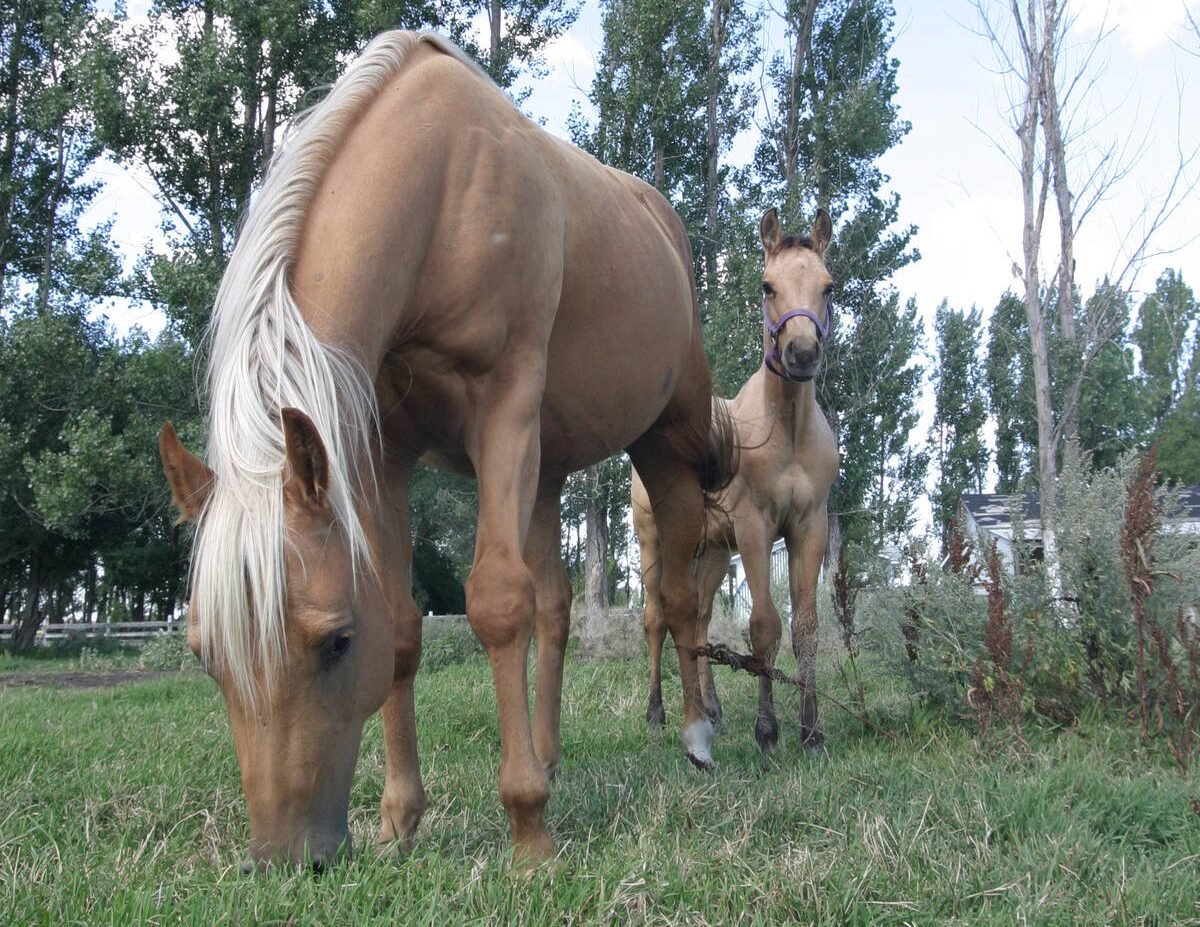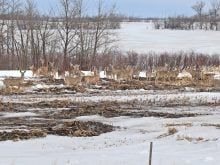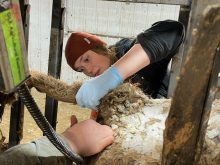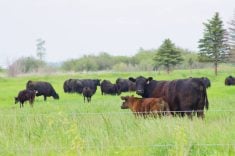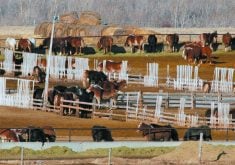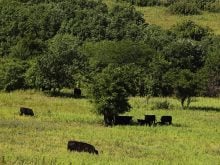Horsemen of old are rare today.
Early in my veterinary career, I heard them speak of “soft bones” and the patience needed when starting a young horse.
Their wisdom, passed down through generations, came not from textbooks but from a lifetime of working with horses.
It took years of hands-on experience for me to connect that old-world knowledge with modern science.
“Soft bones” are what we now call open growth plates — fragile seams of cartilage where bone is still forming and strengthening. Those horsemen understood an essential truth: pushing a young horse before its skeleton is ready can cause harm that lasts a lifetime, and ultimately result in the early breakdown of these colts and fillies.
Read Also
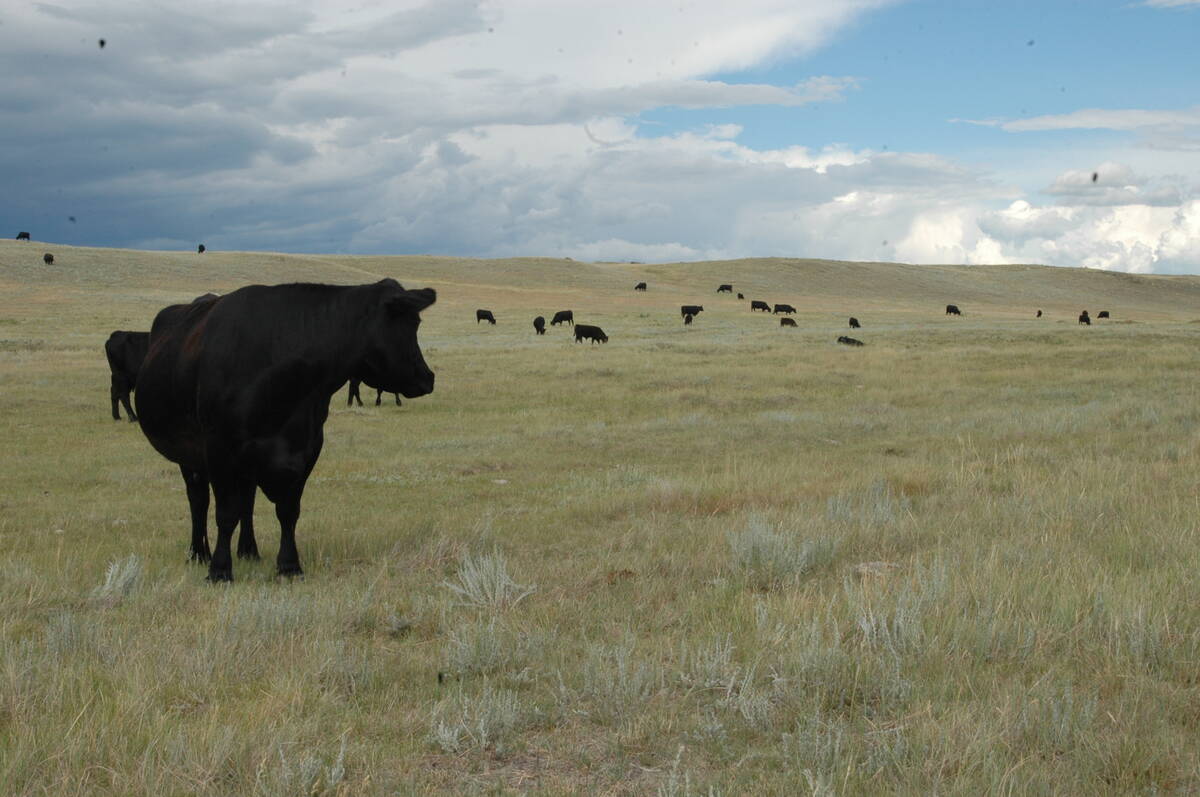
Canadian Food Inspection Agency slammed for handling of bovine tuberculosis case
The federal government leans heavily on producers to “take one for the team” and risk their livelihoods without any reassurance of support.
While all animals have growth plates, horses are unique among domestic species in what we ask of them at a young age.
We expect them to carry riders, jump, turn sharply and perform athletic manoeuvres before their skeletons are fully knit together.
These demands often come when their bodies are still actively developing, especially in the deepest structural parts of the skeleton.
Understanding growth plates is not an academic exercise — it is the foundation for a horse’s long-term soundness and athletic potential.
Today, many horses are started under saddle at just two years old, some as early as 18 months — long before major growth plates, particularly in the spine and pelvis, have closed.
By contrast, traditional horsemen often waited until four years or more before beginning intensive training. They may not have had scientific explanations, but they had seen the damage caused by working a young horse while the bones were still “soft.”
The modern shift toward earlier training has happened without fully considering the horse’s biological readiness, and the consequences are increasingly visible.
Growth plates are regions of cartilage within bones that enable growth and later ossify into solid bone. This cartilage forms the critical scaffolding for skeletal development but remains soft, pliable and highly vulnerable to mechanical stress — especially in large, weight-bearing animals such as horses.
Forces such as weight, torque, shear and repeated impact placed on immature growth plates can cause permanent change in bone structure.
Once a growth plate is injured, the damage is often irreversible. The bone may fuse unevenly or prematurely, compromising its strength and alignment.
This can lead to chronic pain, compensatory movement patterns, neurological issues and, in severe cases, early retirement, sometimes before the horse reaches full physical maturity.
Most attention in equine development focuses on the more accessible growth plates of the limbs.
The racing industry, for instance, commonly uses the closure of the distal radius (the “knees”) around two to 2.5 years of age as a benchmark for skeletal maturity.
However, this standard is misleading.
The reliance on radiographic evidence stems primarily from older studies focused on the distal radius closure as a sign of readiness.
However, more recent research reveals that many critical growth plates, especially those deeper within the pelvis, spine and other core structures, remain open well beyond this age, often into the horse’s fifth or sixth year and even longer in some individuals. These findings highlight a significant gap between longstanding industry practices and current scientific understanding.
The deeper, less visible growth plates located in the pelvis, sacrum, lumbar spine, hocks and cervical vertebrae mature much later. These internal structures provide the horse’s core foundation, strength, balance and ability to carry weight efficiently, yet they remain under-studied, rarely imaged and are largely unaccounted for in training protocols and veterinary assessments.
Externally, a young horse may look mature — tall, muscled and well-proportioned — but inside, vital load-bearing structures may still be developing.
Training that seems “appropriate” based on appearance can, in fact, be overloading tissues that are not yet ready for sustained stress.
The signs of growth plate strain or injury can be subtle, nuanced and easily misinterpreted.
A horse may not limp or display obvious pain, but may instead resist certain movements, appear unwilling to go forward, show persistent tension or develop vague, shifting lameness that evade diagnosis and respond poorly to therapies.
Such signs are often misread as behavioural problems or minor physical issues, when they may be early warnings of deeper skeletal compromise.
The cost of early skeletal trauma is high. Beyond the physical toll on the horse, there is the emotional and financial burden for owners managing chronic conditions, such as paying for repeated diagnostics and treatments or facing the premature loss of a horse’s athletic career.
By understanding growth plate development in the horse, owners and trainers can make informed choices that respect the horse’s natural developmental timeline.
This means matching workloads and training intensity to the horse’s stage of skeletal maturity rather than to its physical appearance or the demands of the industry.
Growth plate education is an essential part of good stewardship, protecting a horse’s opportunity for a sound, productive and pain-free life, but true change demands more than awareness. It calls for the courage to challenge outdated practices and place the horse’s biological reality above traditional expectations.
Growth plates offer no second chances: once damaged, full skeletal integrity can never be restored. The silver lining is that this outcome is entirely preventable.

